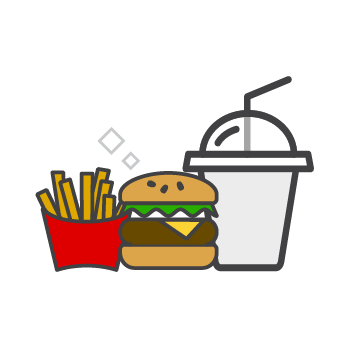Easy Green: Tips on composting
by Stephanie Koathes May 28, 2018
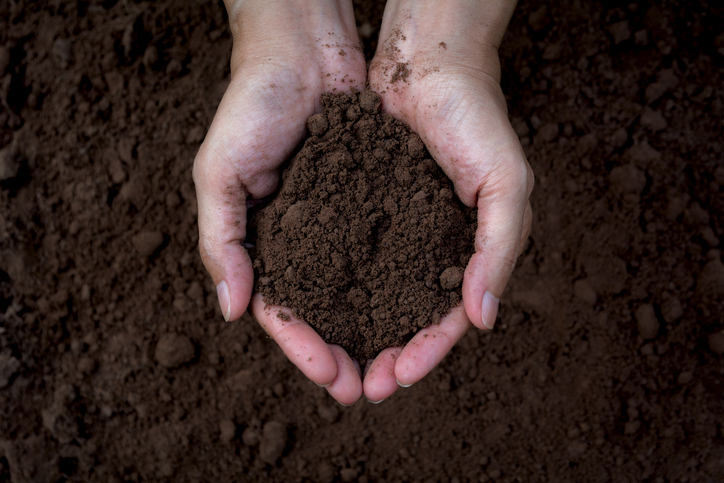
Backyard composting is an excellent way to turn household scraps and waste into nourishing material for the soil and plants.
Making compost also keeps these materials out of dumps and landfills where they sit and release the greenhouse gas methane.
If you’re not sure what composting is check out this article to learn more about it.
Here are some tips to get you started composting the right way.
Making the bin
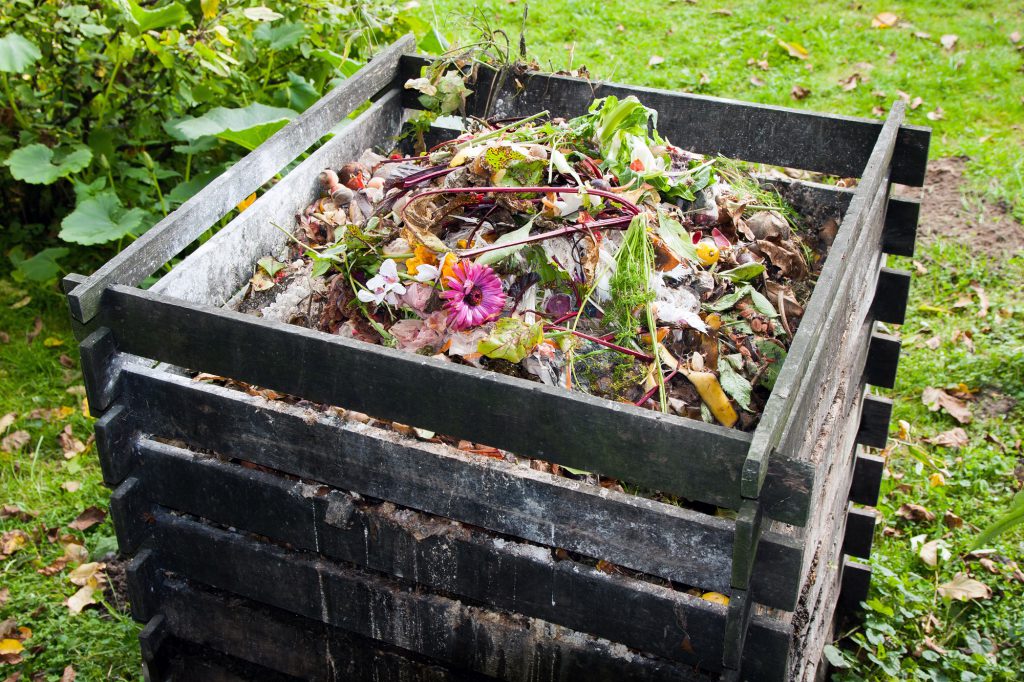
You can easily make an inexpensive compost bin. You can drill holes into an old garbage can and make that your bin. Or you can make a compost bin by using wooden pallets or wire fencing. Make your pile around 3′ x 3′ x 3′.
Find the right spot
Choose an area where the ground area is level. This ensures that the bin is flush to the ground, and facilitates the draining process. Make sure the spot you choose gets lots of direct sunlight.

The compost mixture inside will be activated by the heat, and this will help to hasten the process considerably.
Know what goes in
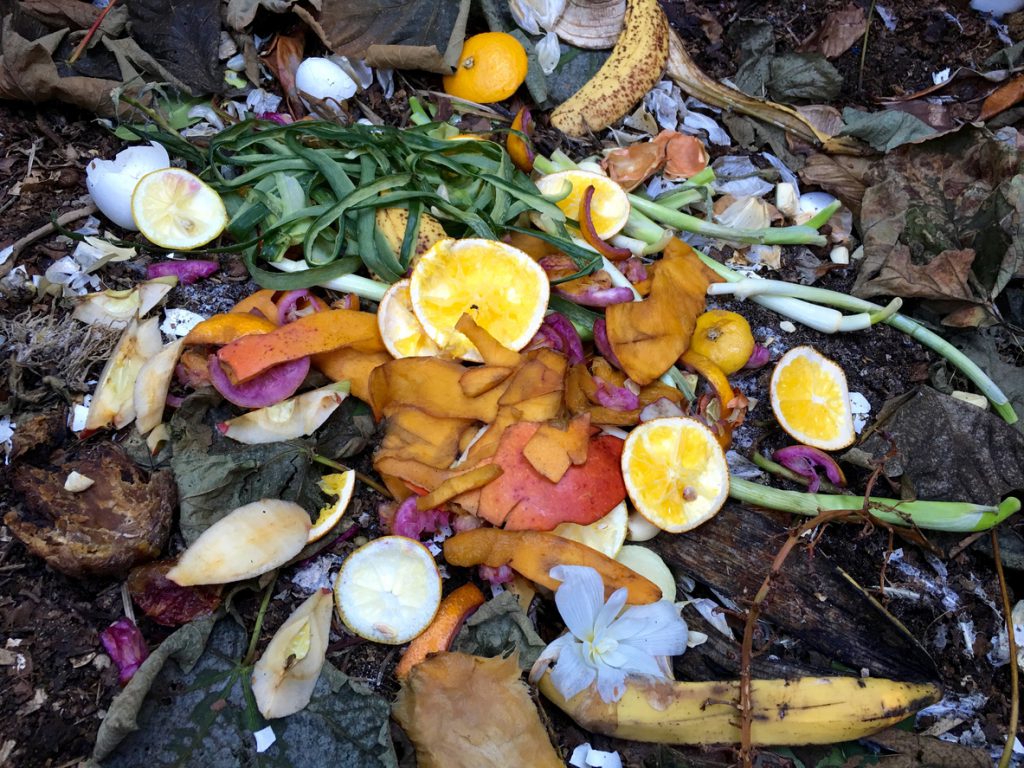
Green (nitrogen elements) and brown/dry (carbon elements) go into the compost heap.
Green materials include:
Raw fruit and vegetable scraps
Tea bags (with staple removed)
Coffee grounds
Grass clippings
Eggshells
Plant trimmings
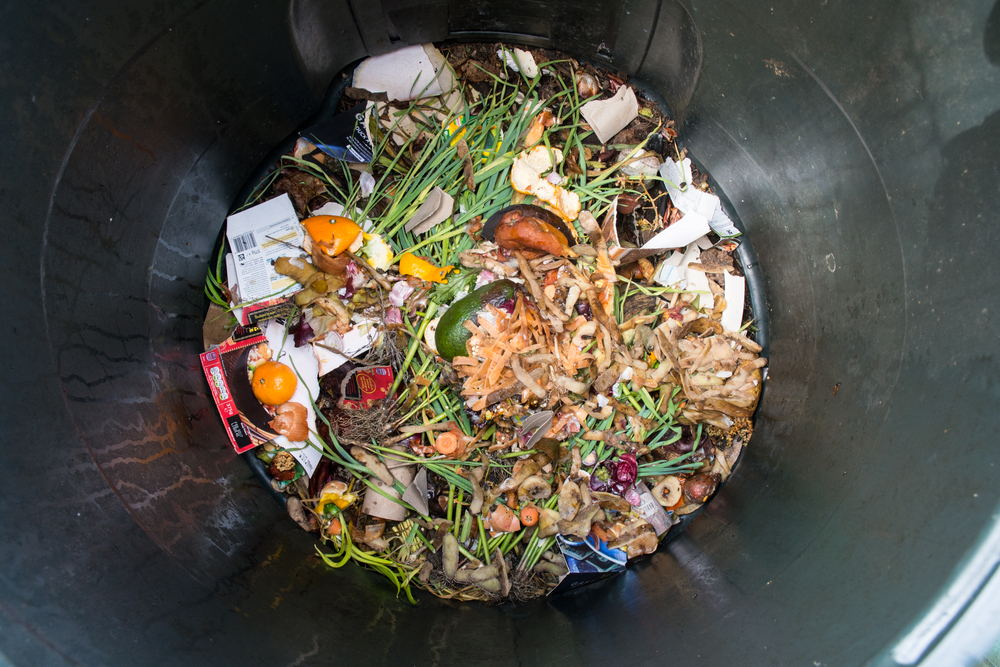
Brown materials include:
Dry leaves
Twigs
Shredded newspaper
Woodchips
Sawdust
Corn cobs and husks
Keep out
There are many household scraps that can go in your compost heap but there are certain things that definitely shouldn’t.
The following materials will not break down properly, and should stay out of a compost heap:
Meat/Fish and bones
Dairy Products
Oils and fats
Sauces
Diseased plants
Pet manure
Ash (coal or charcoal)
Coloured paper
Non-biodegradable materials
Balance it
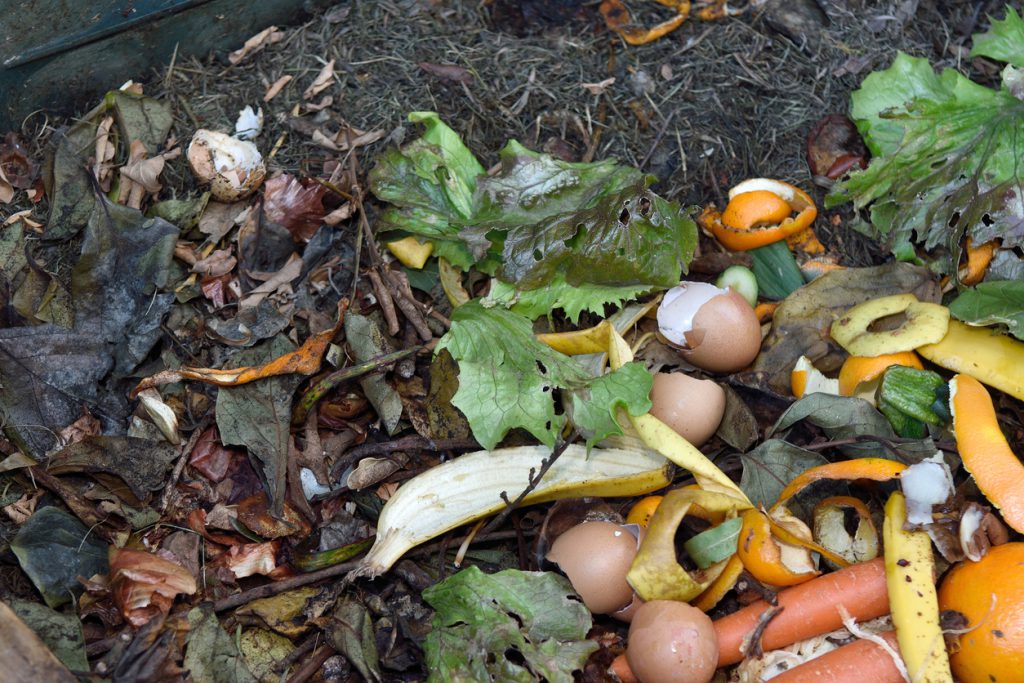
Having a good balance of both “green/wet” materials is important. When you first start your compost pile, make alternating layers about 4-6 inches thick staring with a base layer of brown materials.
Water it
Check the moisture levels of your compost heap every several days. Your compost pile should be moist; squeeze a handful of compost, if small beads of water appear between your fingers, you have enough water. If it’s dry, give your pile a dose of H20.
Turn it
About once a week, it will also be necessary to physically mix the contents of your bin up in order to release any air holes and to get the oxygen inside moving.
Sources: United States Environmental Protection Agency, Compost Guide, Planet Natural, Country Living, Nuh Dutty Up Jamaica






